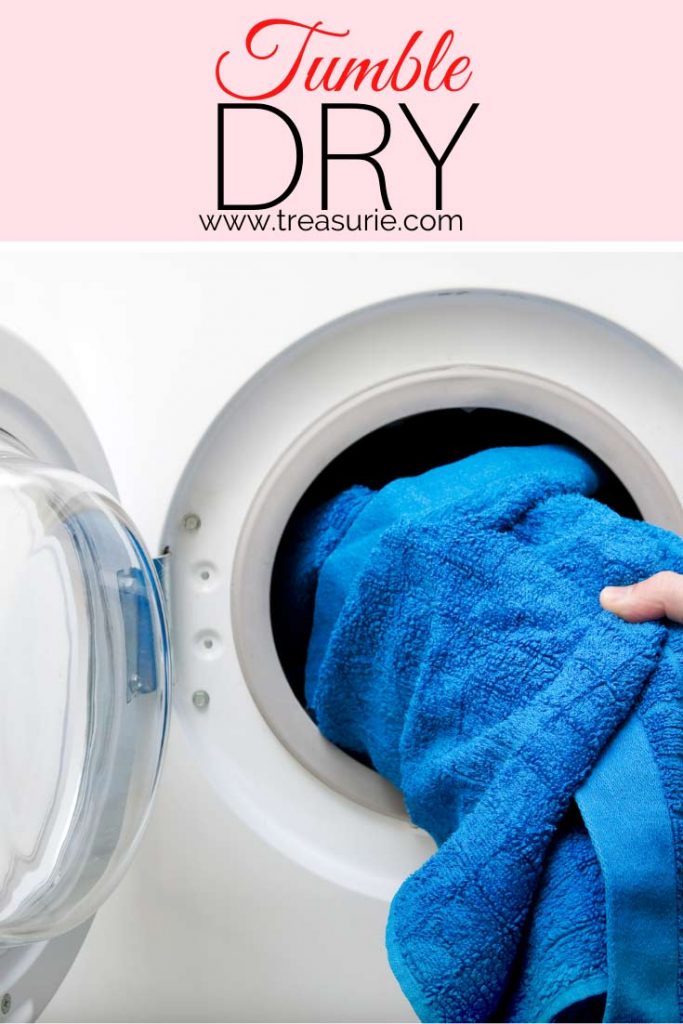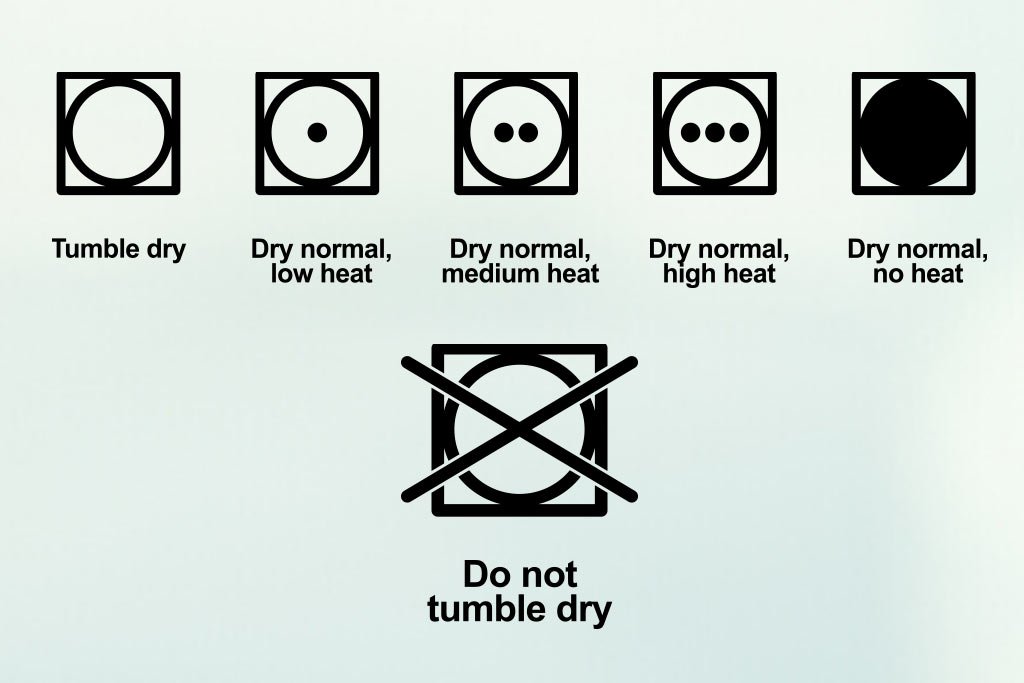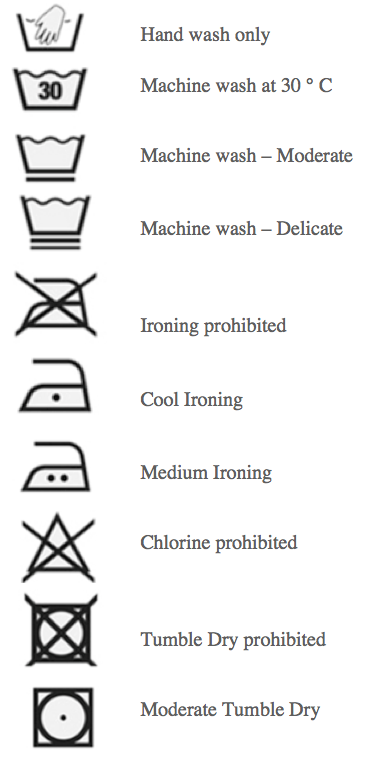Content Menu
● Understanding Swimwear Fabrics
● The Tumble Dry Dilemma
● Proper Drying Techniques for Swimwear
● Washing Your Swimwear: Best Practices
● How to Dry Swimwear
>> Gently Squeeze Out Water
>> Air Drying
>> Avoiding Tumble Dry
● Storing Your Swimwear
● Extending the Life of Your Swimwear
● Introduction to Swimwear Care
>> Why Swimwear Needs Care
>> Benefits of Proper Care
● Common Mistakes in Swimwear Care
>> Using Hot Water
>> Using Harsh Detergents
>> Not Rinsing After Use
● Understanding Care Labels
● Frequently Asked Questions (FAQs)
>> Can I wash swimwear in a machine?
>> How often should I wash my swimsuit?
>> Can I use bleach on swimwear?
When the summer season rolls around, many of us find ourselves reaching for our favorite swimwear. Whether you're lounging by the pool, hitting the beach, or enjoying a spa day, your swimsuit is an essential part of your warm-weather wardrobe. However, with frequent use comes the need for proper care and maintenance. One question that often arises is whether you can tumble dry swimwear. In this comprehensive guide, we'll dive deep into the world of swimsuit care, exploring the dos and don'ts of drying your beloved beachwear, and providing you with expert tips to keep your swimsuits looking fabulous season after season.

Understanding Swimwear Fabrics
Before we address the question of tumble drying, it's crucial to understand the materials commonly used in swimwear. Most swimsuits are made from synthetic fabrics designed to withstand chlorine, saltwater, and sun exposure while providing stretch and quick-drying properties. These fabrics typically include:
1. Nylon: Known for its durability and resistance to chemicals, nylon is a popular choice for swimwear. It's lightweight, quick-drying, and retains its shape well.
2. Polyester: This fabric is highly resistant to chlorine and UV rays, making it ideal for swimsuits. It's also known for its colorfastness and ability to maintain its shape.
3. Spandex (Lycra): Often blended with nylon or polyester, spandex provides the stretch and flexibility needed for a comfortable fit.
4. Polyamide: Similar to nylon, polyamide offers excellent durability and resistance to wear and tear.
5. Microfiber: A blend of polyester and polyamide, microfiber is soft, lightweight, and quick-drying.
The Tumble Dry Dilemma
Now, let's address the burning question: Can you tumble dry swimwear? The short answer is no, you should not tumble dry your swimsuits. Here's why:
1. Heat Damage: The high temperatures in a tumble dryer can cause significant damage to the delicate fibers of your swimsuit. Heat can break down the elasticity of the fabric, leading to a loss of shape and fit.
2. Shrinkage: Some swimwear materials may shrink when exposed to high heat, altering the size and fit of your suit.
3. Wear and Tear: The tumbling action in a dryer can be rough on swimwear, potentially causing stretching, fraying, or even tearing of the fabric.
4. Fading: The heat and agitation in a dryer can cause the colors of your swimsuit to fade more quickly, especially for vibrant or dark-colored suits.
5. Damage to Embellishments: If your swimsuit has any decorative elements like beads, sequins, or embroidery, these can be damaged or come loose in a tumble dryer.

Proper Drying Techniques for Swimwear
Now that we've established that tumble drying is not recommended for swimwear, let's explore the best methods to dry your swimsuits and extend their lifespan:
1. Gentle Squeeze: After rinsing your swimsuit, gently squeeze out excess water. Avoid wringing or twisting the fabric, as this can damage the fibers and affect the suit's shape.
2. Towel Roll: Lay your swimsuit flat on a clean, dry towel. Roll the towel with the swimsuit inside, pressing gently to absorb excess moisture. This method is particularly effective for removing water without stretching the fabric.
3. Air Drying: The best way to dry your swimsuit is to let it air dry naturally. Lay it flat on a clean, dry towel or hang it on a drying rack in a well-ventilated area. Avoid hanging the suit by its straps, as this can cause stretching.
4. Avoid Direct Sunlight: While it may be tempting to dry your swimsuit in the sun for quick results, direct sunlight can fade the colors and weaken the fabric. Choose a shaded area for drying instead.
5. Indoor Drying: If you're drying your swimsuit indoors, you can use a fan to circulate air and speed up the drying process. Just make sure the fan isn't blowing directly on the suit, as this can cause it to dry unevenly.
6. Rotate the Suit: If you're laying your swimsuit flat to dry, flip it over occasionally to ensure even drying on both sides.
7. Patience is Key: Allow your swimsuit to dry completely before wearing or storing it. Depending on the fabric and humidity levels, this can take anywhere from a few hours to overnight.

Washing Your Swimwear: Best Practices
Proper drying techniques go hand in hand with correct washing methods. Here are some tips to ensure you're cleaning your swimwear effectively without causing damage:
1. Rinse Immediately: After each use, rinse your swimsuit in cool, clean water to remove chlorine, salt, sand, and sunscreen. This simple step can significantly extend the life of your suit.
2. Hand Wash: Whenever possible, hand wash your swimwear. Fill a sink or basin with cool water and add a small amount of mild, swimwear-specific detergent or gentle hand soap.
3. Gentle Agitation: Swish the swimsuit gently in the soapy water, paying extra attention to areas that may have sunscreen or body oil residue. Avoid scrubbing or twisting the fabric.
4. Thorough Rinsing: Rinse the swimsuit thoroughly in cool water until all soap residue is removed. Soap left in the fabric can lead to irritation and damage over time.
5. Avoid Harsh Chemicals: Never use bleach, fabric softeners, or harsh detergents on your swimwear. These can break down the fibers and affect the suit's elasticity and color.
6. Separate Colors: If you're washing multiple swimsuits, separate light and dark colors to prevent color bleeding.
7. Frequency: While it's best to rinse your swimsuit after each use, you don't need to do a full wash every time. A thorough wash every 3-4 wears is usually sufficient, unless the suit is visibly dirty or has absorbed strong odors.

How to Dry Swimwear
After you've washed your swimwear, it's important to dry it properly. This helps keep it looking great and helps it last longer. Here are some tips on how to dry swimwear the right way.
Gently Squeeze Out Water
First, when your swimwear is wet, gently squeeze out the excess water. Be very careful and don't wring it out like a towel. Wringing can stretch and damage the fabric, which is not what you want. Just squeeze it gently to remove some of the water.
Air Drying
Next, the best way to dry swimwear is to air dry it. Lay your swimwear flat on a clean towel or a drying rack in a shaded area. This helps prevent sun damage, which can make colors fade and fabric weaken. Also, laying it flat helps keep its shape, which is important for a good fit the next time you wear it!
Avoiding Tumble Dry
Finally, it's best to avoid using a tumble dryer to dry swimwear. Tumble drying can ruin the stretchy fabric and cause it to lose its shape. Always choose to air dry instead. This will help you keep your swimwear looking nice and help extend swimwear life!
Storing Your Swimwear
Proper storage is just as important as washing and drying when it comes to maintaining the quality of your swimwear. Follow these tips to keep your suits in top condition when they're not in use:
1. Ensure Complete Dryness: Never store a damp swimsuit, as this can lead to mildew and unpleasant odors. Make sure your suit is completely dry before putting it away.
2. Avoid Plastic Bags: Don't store your swimwear in plastic bags or airtight containers. These can trap moisture and promote the growth of mildew. Instead, opt for breathable fabric bags or lay them flat in a drawer.
3. Separate Storage: Store each swimsuit separately to prevent color transfer and to allow the fabric to breathe.
4. Avoid Folding: If possible, store your swimsuits flat rather than folded. This helps prevent creases and maintains the shape of the suit.
5. Cool, Dry Place: Keep your swimwear in a cool, dry place away from direct sunlight when not in use.
6. Rotate Usage: If you have multiple swimsuits, try to rotate their usage. This gives each suit time to fully dry and recover its shape between wears.
Extending the Life of Your Swimwear
In addition to proper washing, drying, and storage, there are several other steps you can take to extend the life of your beloved swimsuits:
1. Rinse Before Swimming: Before entering a pool, rinse your swimsuit in cool water. This helps the fabric absorb clean water instead of chlorinated water, potentially reducing damage from chemicals.
2. Avoid Rough Surfaces: Be mindful of where you sit while wearing your swimsuit. Rough surfaces like concrete pool edges or wooden benches can snag or damage the fabric.
3. Apply Sunscreen Before Dressing: Allow sunscreen to fully absorb into your skin before putting on your swimsuit. This reduces the amount of product that comes into contact with the fabric.
4. Alternate Suits: If possible, have multiple swimsuits and alternate between them. This gives each suit time to fully dry and recover its shape between uses.
5. Handle with Care: When putting on or taking off your swimsuit, be gentle. Avoid pulling too hard on straps or stretching the fabric excessively.
6. Consider a Swimwear Protector: Some brands offer swimwear protector sprays that can help shield your suit from chlorine, salt, and UV rays. While not essential, these products can provide an extra layer of protection.
Introduction to Swimwear Care
When you think about swimwear care, you might wonder why it's important to take care of your swimsuits. Swimwear is a special type of clothing that needs extra attention. It's often exposed to harsh conditions like chlorine from pools, saltwater from the ocean, and strong sunlight. All these can damage the fabric of your swimsuit if you're not careful. By learning how to properly care for your swimwear, you can help it last longer and look great. This blog will show you different ways to take care of your swimwear so you can enjoy it for many summers to come!
Why Swimwear Needs Care
Swimwear is usually made from delicate materials that can be affected by chlorine, salt, and sunlight. Chlorine can break down the fibers in your swimsuit, making it wear out faster. Saltwater can also be tough on the fabric, leading to fading and damage. Plus, the sun can cause colors to fade and materials to weaken. This is why swimwear care is important – to protect your swimsuit from these harsh conditions!
Benefits of Proper Care
Caring for your swimwear can bring many benefits. First, when you take the time to properly wash and dry your swimsuit, it can last much longer. This means you won't have to spend money on new swimwear as often. Also, well-cared-for swimwear looks better! It maintains its colors and shape, which is great for looking good at the beach or pool. So, by practicing swimwear care, you not only extend swimwear life but also enjoy your favorite swimsuits for years to come!
Common Mistakes in Swimwear Care
When it comes to swimwear care, many people make mistakes that can harm their favorite swimsuits. Understanding these common mistakes can help you take better care of your swimwear and keep it looking great for longer. Let's dive into some of these mistakes and learn how to avoid them!
Using Hot Water
One big mistake is washing swimwear in hot water. Hot water can actually damage the fibers in swimwear. It makes the fabric lose its shape and can cause colors to fade. Instead, always use cool water when washing your swimsuits. This helps keep them safe and looking new!
Using Harsh Detergents
Another mistake is using harsh detergents. Many people think that strong cleaners will make their swimsuits cleaner, but this isn't true for swimwear care. Harsh detergents can break down the fabric of swimwear, making it weak and prone to tears. Use a gentle detergent instead to help protect your swimsuit's fabric.
Not Rinsing After Use
One of the worst mistakes is not rinsing swimwear right after swimming. Whether it's in a pool with chlorine or the ocean with saltwater, these chemicals can harm your swimsuit if they are left on for too long. Make sure you rinse your swimwear with cool water as soon as you can. This simple step can make a big difference and help you follow important swimming tips!
Understanding Care Labels
Most swimsuits come with care labels that provide specific instructions for washing and drying. It's important to familiarize yourself with these symbols and follow the manufacturer's recommendations. Here are some common care label symbols you might encounter:
1. Hand Wash Symbol: A hand in water indicates that the item should be hand washed.
2. Machine Wash Symbol: A washtub with a number inside indicates the maximum water temperature for machine washing.
3. Do Not Wring Symbol: A twisted fabric with a cross through it means you should not wring or twist the garment.
4. Drip Dry Symbol: A dripping water droplet suggests hanging the item to drip dry.
5. Do Not Tumble Dry Symbol: A crossed-out circle in a square indicates that the item should not be tumble dried.
6. Dry Flat Symbol: A horizontal line in a square means the item should be dried flat.
7. Do Not Bleach Symbol: A triangle with a cross through it indicates that bleach should not be used.
By understanding and following these care label instructions, you can ensure that you're treating your swimwear in the way the manufacturer intended, thus maximizing its lifespan and maintaining its quality.
In conclusion, while it may be tempting to toss your swimsuit in the dryer for quick results, tumble drying is not recommended for swimwear. The heat and agitation can cause significant damage to the delicate fabrics and elastics that make up your favorite beach and pool attire. Instead, opt for gentle hand washing and air drying techniques to keep your swimsuits looking great season after season. By following the care tips outlined in this guide, you can ensure that your swimwear remains vibrant, comfortable, and in excellent condition for many summers to come. Remember, a little extra care goes a long way in preserving the quality and longevity of your swimwear investment. So, treat your suits with the TLC they deserve, and they'll continue to make you look and feel fantastic every time you hit the water.
Frequently Asked Questions (FAQs)
Here are some common questions people have about swimwear care. Let's dive right in!
Can I wash swimwear in a machine?
It's better to hand wash swimwear instead of using a washing machine. Machines can be too rough, and they might stretch or damage the fabric. By washing your swimwear by hand, you can be gentle and keep it looking great for longer!
How often should I wash my swimsuit?
You should wash your swimsuit after every time you wear it, especially if you went swimming in a pool or the ocean. This helps remove chlorine or salt that can wear down the fabric. If you just wore it for a short time and didn't swim, you can give it a rinse and let it air dry.
Can I use bleach on swimwear?
No, you should avoid using bleach on swimwear! Bleach can damage the fabric and change its colors. Instead, stick to gentle detergent when you wash swimwear. This way, your swimsuit stays safe and keeps its bright colors!





































